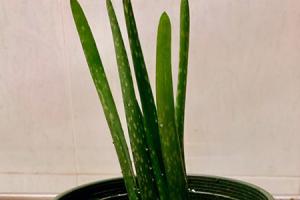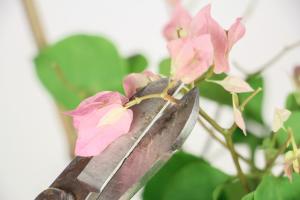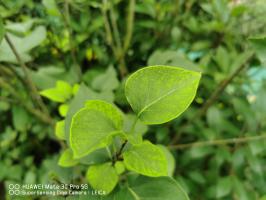Introduction
Heirloom tomato plants are gaining popularity among gardeners and food enthusiasts. These plants are known for their unique characteristics and flavors. They are not the same as hybrid tomatoes that dominate the supermarket shelves. In this article, we will explore what heirloom tomato plants are, their unique features, and what makes them different from other types of tomatoes.
What are Heirloom Tomato Plants?
Heirloom tomatoes are tomatoes that have been passed down from generation to generation. These plants are open-pollinated, meaning that they are pollinated the way nature intended, through bees, wind, and other natural methods. Heirloom tomato plants typically have a long history and can be traced back to the early 1900s or even earlier. They are often associated with a unique story or family tradition, hence the term "heirloom".
What Makes Heirloom Tomato Plants Unique?
One of the most distinguishing features of heirloom tomato plants is their variety. Heirloom tomatoes come in a range of colors, shapes, and sizes. Some are small and round, like cherry tomatoes, while others are large and lumpy. They can be solid, striped, or have a marbled appearance. Heirloom tomato plants also bear fruit with different flavors, from sweet and tangy to savory and smoky.
In addition to their unique flavors and appearances, heirloom tomato plants are also known for their fragility. They are vulnerable to diseases and pests, which makes them difficult to grow on a large scale. This is why hybrid tomato plants have become the more popular choice for commercial growers. However, gardeners and small-scale farmers continue to grow heirloom tomato plants because of their unique flavors and the satisfaction that comes from preserving a piece of history.
How to Grow Heirloom Tomato Plants
Growing heirloom tomato plants require special attention and care. They thrive in well-draining soil with a pH of 6.0 to 7.0. The soil should be enriched with organic matter, such as compost or manure. Heirloom tomato plants also require consistent watering and regular fertilizing. They should be planted in a location that receives at least six hours of sunlight per day, and they should be staked or trellised to prevent the fruit from touching the ground.
Harvesting heirloom tomato plants can be tricky because the fruit does not ripen all at once. It is important to pick the fruit when it is fully ripe, which can be determined by its color and texture. Overripe fruit can fall to the ground and attract pests and diseases. To extend the shelf life of heirloom tomatoes, store them at room temperature and out of direct sunlight.
Conclusion
Heirloom tomato plants are a treasure trove of history, flavor, and variety. They are unique, fragile, and require special care when grown. Although they may not be as convenient to grow or sell as hybrid tomato plants, the satisfaction that comes from growing and eating heirloom tomatoes is unmatched. So the next time you are at the farmers market, look for heirloom tomatoes and taste the difference for yourself.

 how many times do yo...
how many times do yo... how many planted tre...
how many planted tre... how many pine trees ...
how many pine trees ... how many pecan trees...
how many pecan trees... how many plants comp...
how many plants comp... how many plants can ...
how many plants can ... how many plants and ...
how many plants and ... how many pepper plan...
how many pepper plan...





























